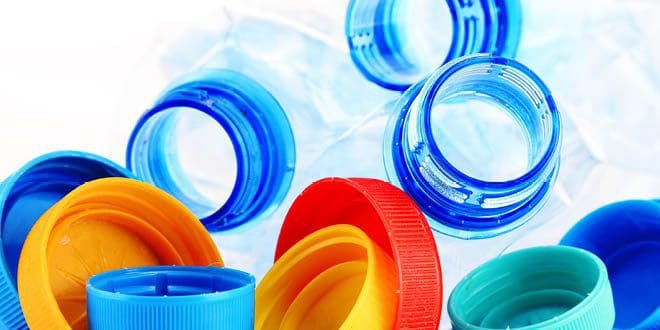Chemical In Plastic May Harm Developing Embryos
Bisphenol A is a component of some plastic with well known hormone disrupting properties. It is referred to as an endocrine disruptor because it changes the way hormones behave in your body. It has a particular affinity for estrogen, thus exposure is linked with increased risk of breast and prostate cancer. Interestingly, exposure to this chemical also seems to negatively affect metabolism in a way that promotes weight gain and type 2 diabetes.
Bisphenol A has been phased out of a lot of products. You probably see the term BPA Free on many plastic bottles and other containers. The compounds that have replaced it are just as bad, but that’s a topic for another article. Bisphenol A is still found in a lot of plastic, plus the resin lining of some tin cans, as well as cash register receipts. Inevitably we are all exposed to it and human tests have shown it is present in the urine of most people on the planet.
Researchers wanted to test the effects of BPA on the development of embryos. They used cow embryos because of a similar gestation period to humans, they also ovulate one egg per cycle and produce eggs with similar properties to humans. The embryos were exposed to BPA between day three and seven; this is the equivalent stage for humans at day five. The level of BPA exposure was considered “environmentally relevant levels”; that is, doses that the average person encounters in day to day life.
The results were worrying; scientists found that exposing the embryos to BPA caused a substantial rise in glucose consumption. Glucose is the embryos’ main source of food. So essentially it made the embryos more hungry. The researchers believe this could increase the risk of obesity and type 2 diabetes in later life.
Eating too much food, too much sugar and fat can all cause a person to become overweight. But these factors don’t explain every case of obesity or type 2 diabetes. There are many people who do all the right things with their diet and exercise and yet still fail to see results. Effects of environmental chemicals could be one explanation.


Leave A Comment